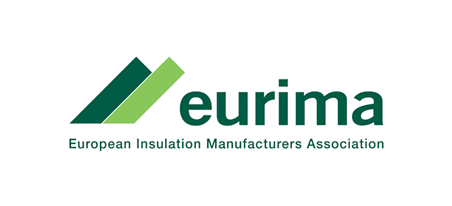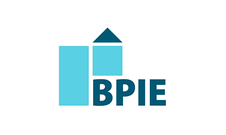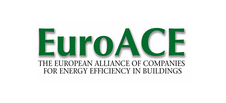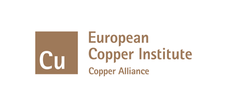Search eceee proceedings
Lessons from the United States and China for increasing transparency and harmonizing measurement and verification practices in the buildings sector
Panel: 8. Monitoring and evaluation: building confidence and enhancing practices
This is a peer-reviewed paper.
Authors:
Carolyn Szum, Lawrence Berkeley National Laboratory, USA
Sara Lisauskas, ICF International, USA
Xi Chen, China Academy of Building Research, China
Zhiming Pan, Natural Resources Defense Council
, China
Madeline Frieze, ICF International
, USA
Nan Zhou, Lawrence Berkeley National Laboratory, USA
Abstract
In recent years, municipal governments globally have determined that building energy performance benchmarking and disclosure policies are effective in encouraging the development of a strong market for building energy efficiency (Dunsky et al. 2009). A comparison of global benchmarking and disclosure policies show a range of requirements, but most typically these include requirements to disclose annualized energy and usage data using standardized rating tools on a yearly basis or at the time of sale (BuildingRating 2010-2014). While valuable, disclosure data are only really effective if it inspires action (i.e., retrofits of underperforming buildings) and quantification of impact or “net savings” of policies (i.e., gross energy savings minus free ridership plus spillover plus market effects). Both of these objectives can be difficult to achieve from annualized, whole-building energy performance metrics alone. This paper will discuss results from a new initiative under the U.S.-China Clean Energy Research Center Building Energy Efficiency (CERC-BEE) program (an initiative to support top scientists, engineers, and policy analysts from the United States and China in collaborative research to accelerate the development and deployment of clean energy technologies in the buildings sector) to jointly identify disclosure data points and develop automated building retrofit analytic tools for municipal benchmarking and disclosure programs that support better up-front assessment of retrofit opportunities; measurement and verification (M&V) of energy, cost and carbon dioxide (CO2) reduction; and building energy policy evaluation, measurement, and verification (EM&V). The paper sheds light on how the world’s two largest economies and emitters of greenhouse gases (GHG) are increasing transparency and harmonizing M&V of building energy savings, providing lessons and opportunities for global scale-up.
Downloads
Download this presentation as pdf: 8-089-17_Szum_presentation.pdf
Download this paper as pdf: 8-089-17_Szum.pdf
Panels of
1. Foundations of future energy policy
2. Policy: governance, design, implementation and evaluation challenges
4. Mobility, transport, and smart and sustainable cities
5. Buildings and construction technologies and systems
6. Buildings policies, directives and programmes
7. Appliances, products, lighting and ICT
8. Monitoring and evaluation: building confidence and enhancing practices























